Tomato diseases in pictures
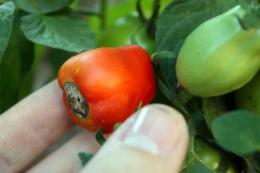
In order to grow tasty and healthy tomatoes, you need to be aware of all the diseases that can harm your harvest. In the article you will be introduced to the main tomato diseases, and you can also see tomato diseases in pictures on the pages of our website.
Content:
Pathogens of tomato diseases:
Mushrooms
Mushrooms are quite frequent guests of our garden plots. These are lower plants of microscopic size. Since they do not have their own roots or even stems, they cannot produce chlorophyll on their own. They need ready-made organic matter for nutrition, so their life cycle includes the consumption of plant tissue. Some fungi feed on living tissues, some on dead ones.

Mycelium can develop both inside plants and on the surface. There is a mixed proliferation of myceliums. Thus, fungi that cause spotting on tomato leaves belong to the first type. Powdery lesions are the second type. And white and gray rot belong to the third, mixed type.
Reproduction occurs by pieces of mycelium and spores. During the growing season, spores are carried by winds, fogs, rains, insects, as well as gardening tools and clothing. The spores may have a protective shell and tolerate winter conditions well.
Infection of tomatoes occurs through various wounds, as well as natural openings in tomatoes (stomata) or simply through the skin of stems and leaves.High humidity, thickening of plantings, excess fertilizers and environmental temperatures above 20 degrees favor their reproduction.
Bacteria
These are also lower plants and, like mushrooms, they use ready-made organic matter produced by the plant for nutrition. A bacterium is a single microscopic cell. When a bacterium parasitizes a plant, the disease is called bacteriosis. Bacteria reproduce by dividing into two parts of the mother cell. Division occurs very quickly under favorable conditions. Imagine that each cell produces its own kind within 20 minutes.
If living conditions are unfavorable, the bacterium can turn into a spore and in this state it can withstand exposure to fairly low and high temperatures, as well as acidic and alkaline reactions. Conditions for the growth of bacteria are high humidity (air and soil), temperatures in the range from 5 to 30 degrees. Their viability is not lost for 4 years.
Viruses
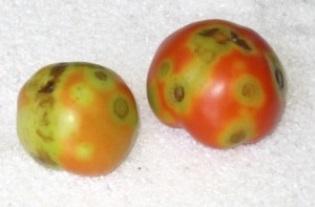
These are living protein bodies without a cell membrane, much smaller in size than bacteria. When they enter plant cells, they cause biochemical and functional disorders and multiply rapidly. The virus is transmitted by sap-sucking insects (leafhoppers, aphids, mites) and gardening tools. There is evidence that viruses can retain their vital activity in dry residues and storage facilities for up to 50 years.
Often the symptoms of viral lesions resemble the symptom complex of fungal and bacterial diseases, so it is difficult to differentiate them at home. Plants affected by the virus do not recover and serve as a dangerous source of infection for healthy crops on the site.
Some tomato diseases
Streak is a viral disease of tomatoes, also called blossom end rot. Brown spots appear on the tops of the still green tomato and leaves. The fruit becomes hard and then softens. This disease appears due to rainy summers. To avoid this, you need to improve the air flow to the plants by removing more leaves from the lower tier. If a streak has already appeared on the plants, then you need to water the soil with a solution of potassium chloride (0.4% concentration).
People usually suffer from gray mold greenhouse tomatoes, especially if the soil pH is acidic. In this case, it is recommended to ventilate the greenhouse more often and remove rotten leaves and fruits. Affected areas of rot are treated with a mixture of lime and copper sulfate (2:1). Improve soil acidity by adding wood ash, dolomite and bone meal.
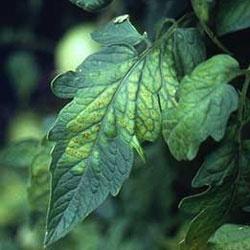
Late blight affects the entire plant. Tomato fruits turn black in a couple of days and rot. This disease usually develops in the fall, when sudden temperature changes begin. It is recommended to burn a completely affected plant. For prevention, tomatoes need to be treated with Rodomil 3 to 4 times a season.
Septoria blight is a fungal disease that mainly affects stems and leaves. The main manifestations of the disease are light spots with dark edging and dark dots on the leaves. If symptoms are detected, it is necessary to spray the plants with copper oxychloride in the form of a soap emulsion. Repeat the procedure after two weeks.
Streak, gray rot, late blight, septoria - all these tomato diseases are included in the pictures. We are slowly studying them, but we also do not forget the simple rules of care. Monitor the development of tomatoes, promptly remove affected bushes and constantly improve the soil.Remember that strong plants are not afraid of diseases or pests; they will cope with them with their natural forces.

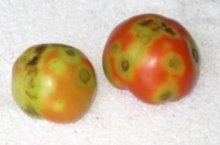

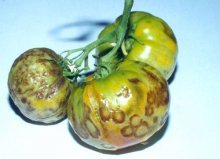
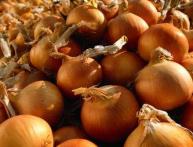
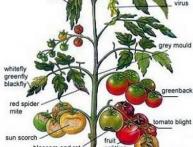
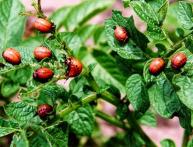



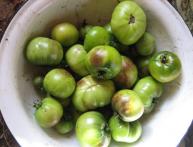

Comments
Yes, I didn’t know there were so many tomato diseases. Is it true that if you eat tomatoes that are sick with something, you can easily get poisoned?
Last season, I bought myself a new greenhouse and was sure that there was nothing scary for my tomatoes in it. But they fell ill with late blight even before the fruits began to ripen. All my work was in vain. When should the first treatments against this disease be carried out?
The health of any plant on our site, including a tomato, depends on health, soil, seeds, watering and care.
Everything is like a person, good immunity - we don’t get sick, as soon as an imbalance appears - we get sick.
We are actively introducing EM technology in our garden. And it is aimed primarily at improving soil fertility using soil microorganisms. This is what you need to put all your efforts into first - preparing the soil for planting.
In our country, tomatoes suffer from late blight everywhere. Even in greenhouses. If they are not processed in time, then the entire harvest can practically be thrown away. Therefore, no matter how you look at it, you can’t do without chemistry...
I agree that the most common problem with tomatoes is late blight. Where it rarely rains, tomatoes are less likely to get late blight, but in rainy areas this is generally a big problem.